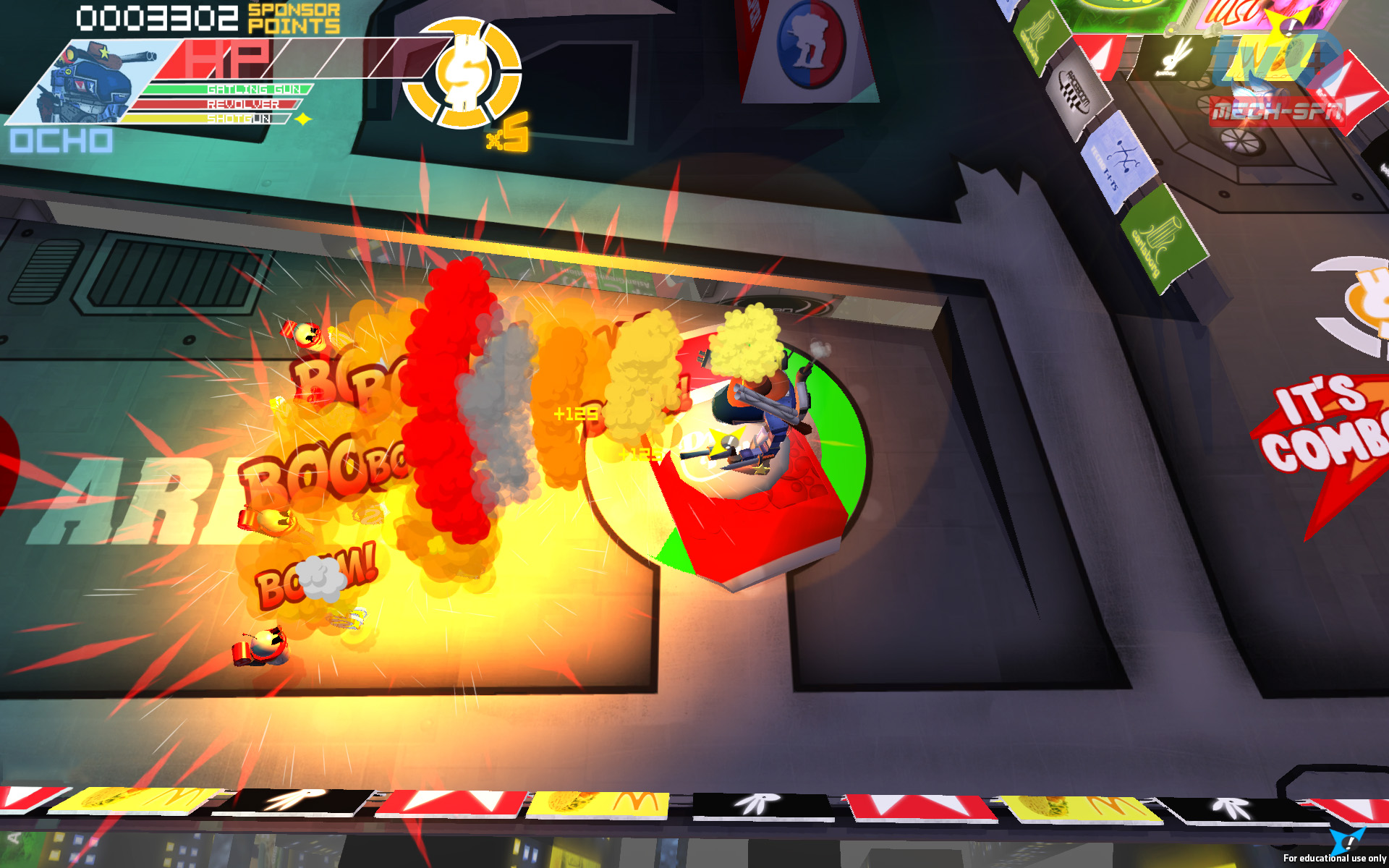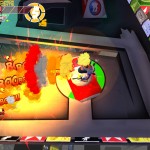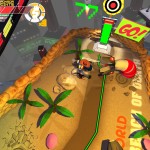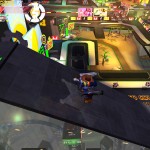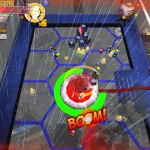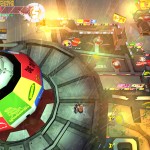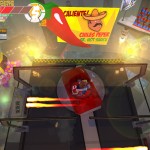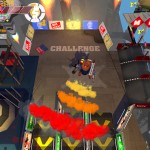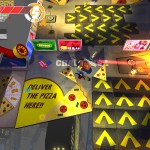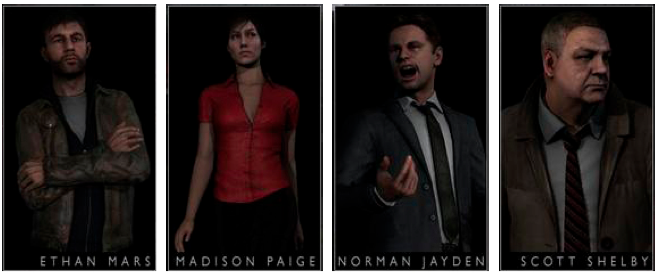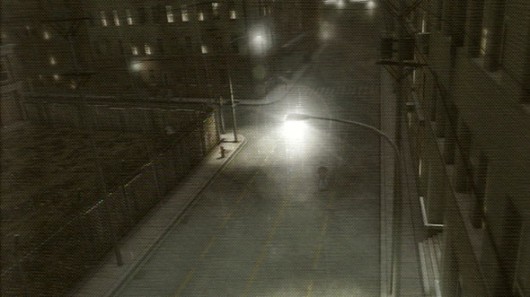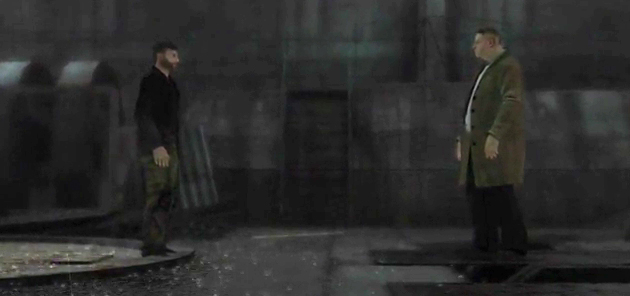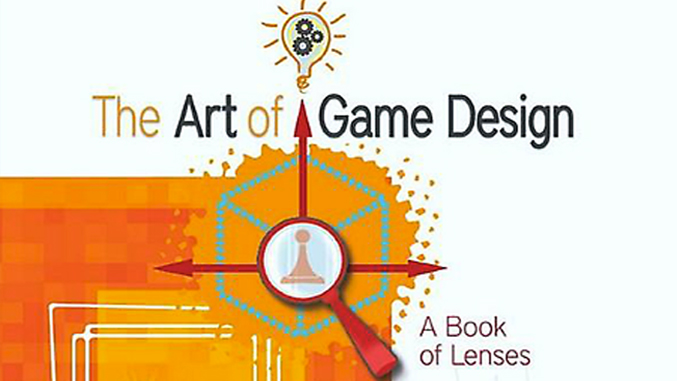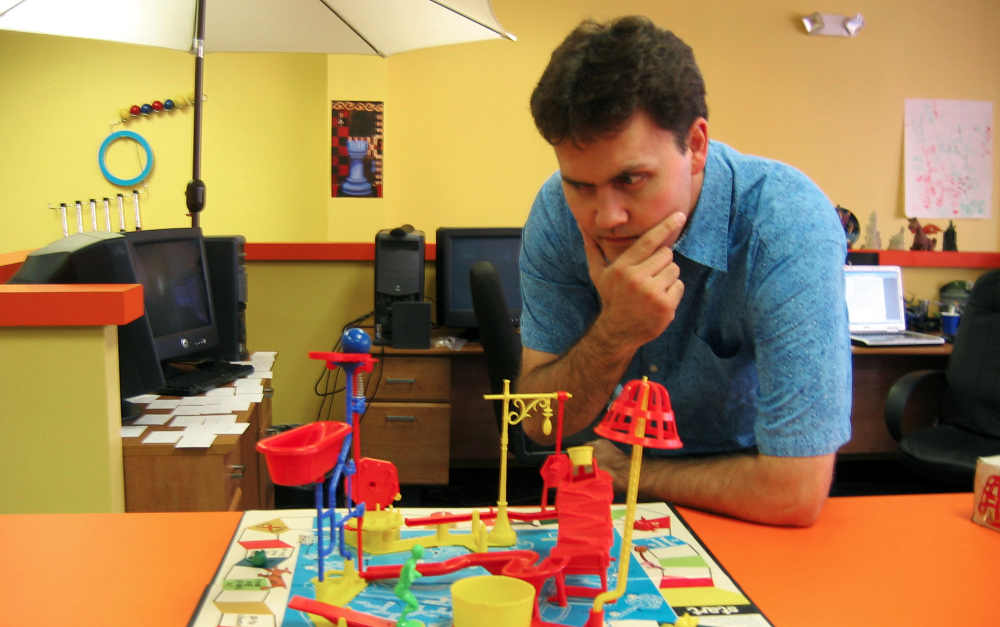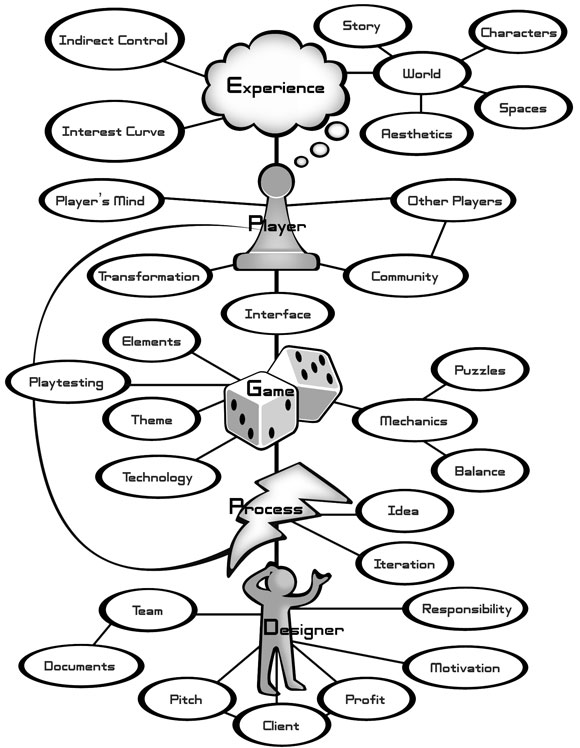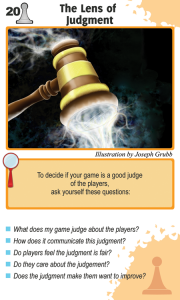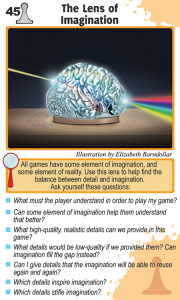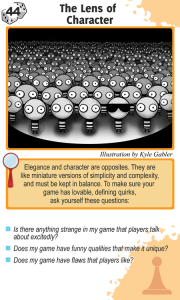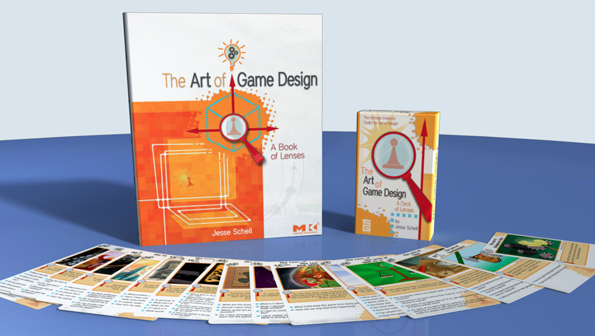National Mech League is a 3D Dual Stick Shooter PC Game that my team and I created as our Final Project of the Game Design Program at Vancouver Film School. Myself and two other students had three months to develop the whole game from the Game Concept, Pre Production and Production Phase. NML was developed using Unity Engine, and had the theme of a futuristic Sport Arena where Mechs defeat waves of enemies robots, while attempting to gain attention from sponsors.
In the far future, mankind is finally able to build Mechs. The only logical outcome of such engineering achievement is to use Mechs in a newly created sport: Mech Match! In the NML, Mechs fight waves of enemy robots in arenas around the world, in order to earn sponsorship and please the fans. By collecting sponsors points, the player can exchange these points for new upgrades, increasing their original stats.
[one_half]
[/one_half]
[one_half_last]
My Roles
- Level Design
- Game Design / Game Design Document
- Environmental Art
- Set Dressing
- Lighting
- Project Management
- Graphical User Interface
- Menu Screens Composition / Lighting
[/one_half_last]
Why Create this Game?
NML provides a theme that possesses mainstream appeal and humor potential as well. As the game focuses in a League representation, introducing a new type of Sport, players will be able to try it in a game with over proved gameplay. The game provides a fun narrative, with an intelligent AI system, in which winning often requires strategy. The goals set forth in creating this game include, but are not limited, to the following:
- Combine gameplay with a Sport League Theme, allowing players to relate their favorite sports to a new concept, while providing a fun experience;
- Make the player constantly modify their strategy according to each Mech Weapons.
[one_half]
Design Notes
- Created in Unity Engine;
- 3 month development time by 3 people;
- 4 Levels;
- 4 Major Objectives;
- 10 to 20 minutes of gameplay.
[button link="http://projects.myvfs.com/games/GD25_NationalMechLeague/NML.zip" type="icon" newwindow="yes"] Download National Mech League[/button]
[/one_half]
[one_half_last]
Major Features
• Unique Playable Mech
Player will control The Ocho, the Badass Cowboy. The Mech is the materialization of the pilot's personality and their design is also inspired by it.
• In-game Sport Commentators
The in-game experience is commentated in real time by two different commentators, creating a fun and humorous atmosphere that mirrors the feeling of an actual sporting event.
• 3 Unique Weapons
The Ocho features three different weapons: Shotgun, Revolver and the Gatling gun. Weapons have different effects against enemies, creating different types of combat experience.
• 5 Unique Enemy Behaviors
There are 3 different enemy classes and 4 different behaviors. Each one of the enemy behaviors has a defined characteristic in order to vary gameplay. The enemies are Red SwarmBot, Blue SwarmBot, WormBot, and BeeBot.
• Dodging and Shooting Gameplay Experience
Game places equal emphasis on dodging and shooting enemies and projectiles.
• Upgradable Mech according to Sponsor Points
Player needs to complete combo kills to collect Sponsor Points during the game. Sponsor Points can be exchanged for new Mech Golden Armor Upgrade in the Mech Shop. The upgrade will increase Mech Stats and change appearance, but will not provide any new abilities.
• 3 Unique Power Ups
Player can find Power Ups around the League Arena. Power Ups affects Mech's Stats and Weapon Stats for a pre-determined time interval. Power Ups vary into: Improving Mech Speed, Improving Mech Shield, and Increasing Weapon Damage.
[/one_half_last]

